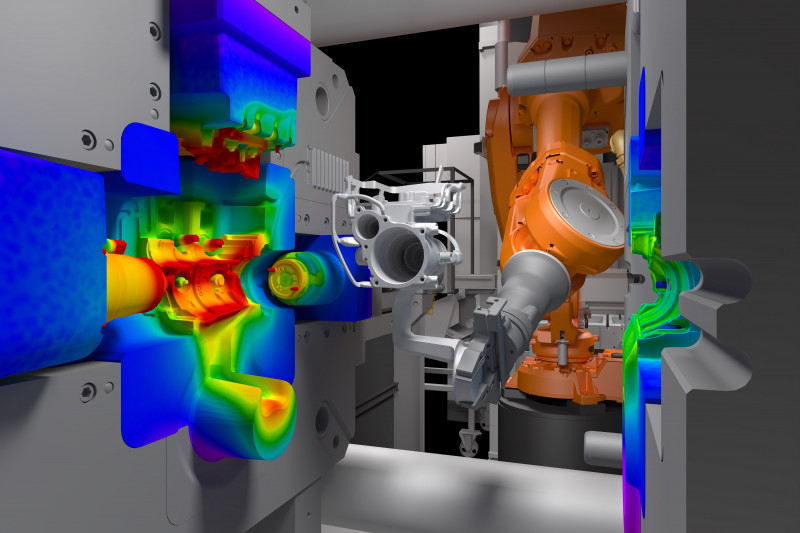Aluminum conversion coating is a chemical process that is widely used in various industries to treat aluminum surfaces. This coating provides a protective layer that enhances the durability and appearance of aluminum products. In this article, we will explore the process of aluminum conversion coating and discuss its benefits.
The process of aluminum conversion coating involves the treatment of aluminum surfaces with a chemical solution. The most commonly used chemical for this process is chromium-based. The aluminum parts are first cleaned to remove any contaminants or impurities on the surface. This is typically done through a process called etching, which involves the use of an alkaline or acidic cleaner.
Once the surface is clean, it is then rinsed to remove any remaining cleaner residue. The next step is the application of the conversion coating solution. This solution is usually a mixture of water and chemicals such as chromates or phosphates. The aluminum parts are immersed in the solution or sprayed with it, depending on the size and shape of the parts.
During the immersion or spraying process, a chemical reaction occurs between the conversion coating solution and the aluminum surface. This reaction converts the surface of the aluminum into a thin layer of aluminum oxide or hydroxide. This layer provides corrosion resistance and improves paint adhesion.
One of the key benefits of aluminum conversion coating is its ability to enhance the corrosion resistance of aluminum surfaces. The conversion coating layer acts as a barrier, preventing the corrosive substances in the environment from coming into direct contact with the aluminum surface. This helps to prevent the formation of rust and other forms of corrosion.
Another benefit of aluminum conversion coating is its ability to improve paint adhesion. The conversion coating layer provides a rougher surface for the paint to adhere to, creating a stronger bond between the aluminum and the paint. This results in a more durable and long-lasting paint finish.

In addition to corrosion resistance and improved paint adhesion, aluminum conversion coating also provides aesthetic benefits. The coating layer can be clear or colored, depending on the desired appearance of the aluminum product. It can also be further enhanced with additional coatings such as sealants or topcoats to provide additional protection and enhance the visual appeal.
Furthermore, aluminum conversion coating is an environmentally friendly process. It does not involve the use of hazardous chemicals or produce harmful byproducts. The chemicals used in the process can be easily recycled or disposed of safely, minimizing the impact on the environment.
In conclusion, aluminum conversion coating is a chemical process that provides a range of benefits for aluminum surfaces. It enhances the corrosion resistance, improves paint adhesion, and provides aesthetic benefits. The process is environmentally friendly and widely used in various industries for the treatment of aluminum products. By understanding the process and benefits of aluminum conversion coating, manufacturers and consumers can make informed decisions regarding the use and application of this coating.
-

- Magnesium alloy die casting auto parts transfer case
-

- Литье под давлением сплава марганца Тиксоформование металлических деталей
-

- Bicycles for Children Kids Bikes for 3-16 years old Child /OEM Baby Children Cycle Kids Mountain Bicycles 2022
-

- Ultralight suspension fork for MTB
-

- Custom-made die casting parts&comopnents for bicycle suspension fork for MTB
-

- Customized foundry products high precision die-casting parts for e-bike integrated frame

 0086-750-5616188
0086-750-5616188 +86 13392089688
+86 13392089688 sales@zhongmei-tech.com
sales@zhongmei-tech.com







